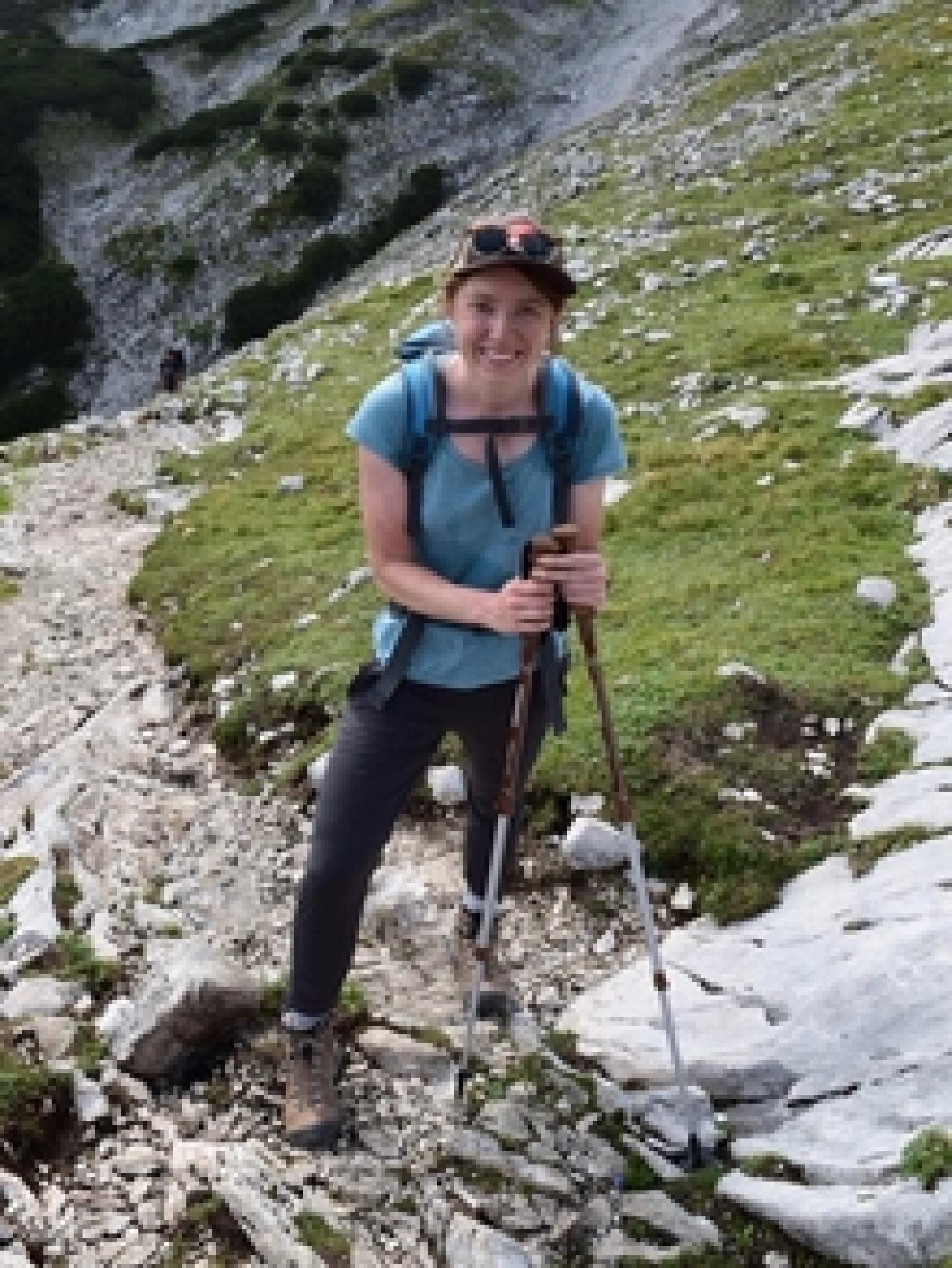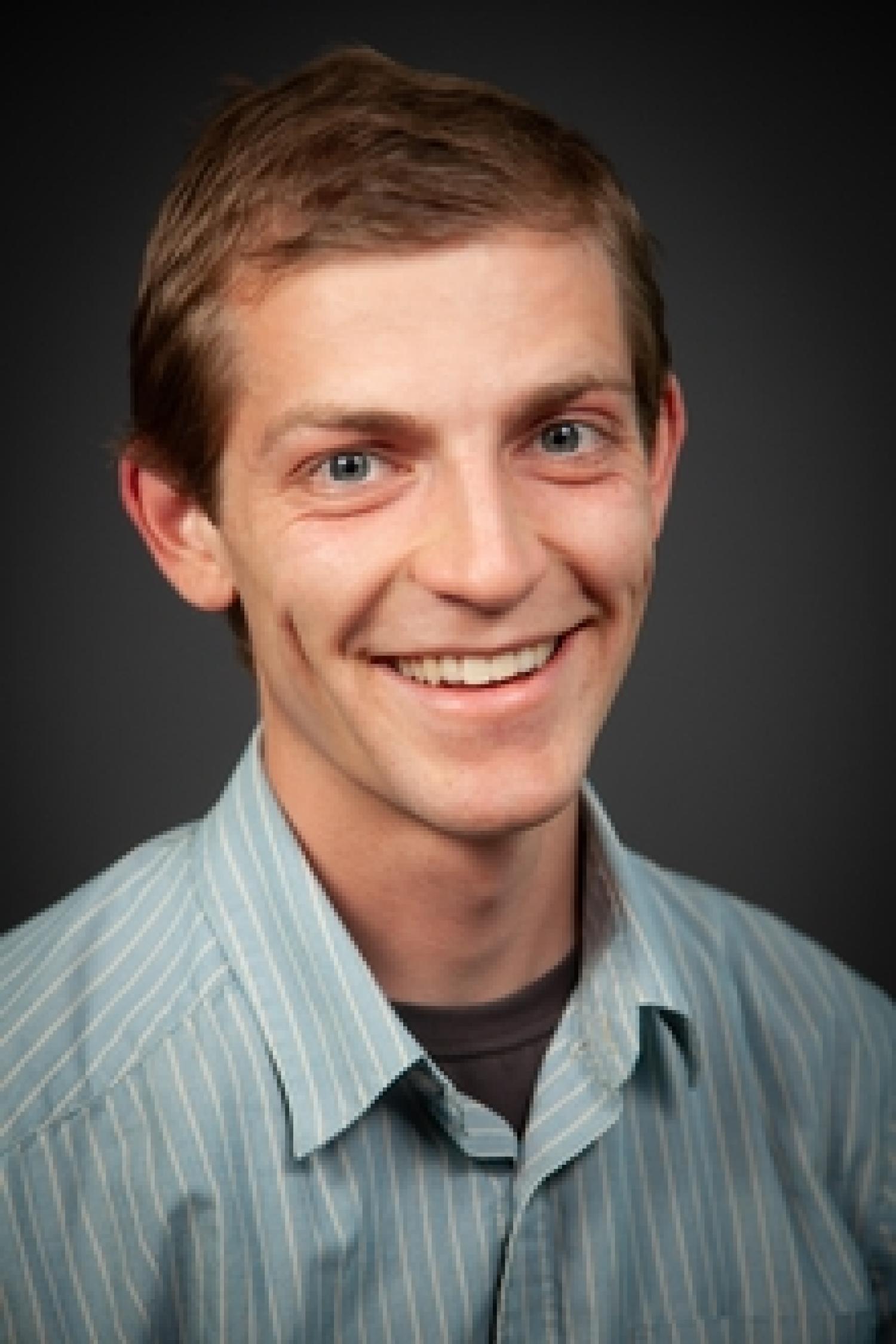Fall 2019 STEMinar Schedule
Fall 2019

Speaker: Aly Badran
Title: "High Temperature Materials for Aerospace Applications"
Department: Aerospace Engineering Sciences
Date: Tuesday, September 17th, 2019
Location: Reading Room, Duane Physics Building (11th Floor of Gamow Tower, East Room)
Time: 5:00 pm MST
Next-generation aerospace applications are in high demand for increasing efficiency through structural weight reduction by using high specific strength-to-weight ratio materials while raising the operational temperature. High Temperature Ceramic Matrix Composites (HTCMC) have been on the leading edge of high temperature materials in the aerospace industry due to their high strength to weight ratio. The main objective of this project is to understand the behavior of CMCs under various loading con gurations, environmental conditions, temperature spectrums with different ber architectures. This work relies on noninvasive in-situ Computed Tomography (CT) and Acoustic Emissions (AE) to investigate the aforementioned factors on CMCs. This study aims to merge experimental and computational work using deep learning algorithms to segment CT images to migrate from qualitative analysis to quantitative analysis. These studies play an important role in improving CMC designs and reliability for high temperature applications.

Speaker: Hayley Sohn
Title: "One Fish, Two Fish, Red Pitch, Blue Pitch: Schooling Dynamics of Liquid Crystal Skyrmions"
Department: Materials Science and Engineering
Date: Tuesday, October 1st, 2019
Location: Reading Room, Duane Physics Building (11th Floor of Gamow Tower, East Room)
Time: 5:00 pm MST
"Soft matter" refers to a realm of materials that can be deformed by thermal fluctuations and external forces. By nature, this is an extremely interdisciplinary field of research because it draws on the interests and principles of chemistry, physics, biology, mathematics, and materials engineering. A significant advantage of working with soft materials is that we can reproduce and study many interesting physical phenomena that occur in fields like particle physics and cosmology in simple, accessible, table-top experiments.
Chiral liquid crystals (LCs) with molecules that have a tendency to twist are especially fascinating because they allow for controlled reconfiguration of the material’s orientational fields. By twisting and knotting up these fields we can create stable structures that mimic the types of knotted field configurations that exist out in deep space! Out in the cosmos, things like topological solitons are pretty difficult to observe and study, but within my chiral LCs, I can study them with nothing more than a table-top microscope.
For my doctoral research, I'm investigating how to generate large densities of a type of topological soliton called a “skyrmion” in chiral nematic liquid crystals and move them around using both electric fields and light patterning. We’ve made many exciting discoveries demonstrating the active behavior of skyrmions moving together like schools of fish using the same type of sample preparation techniques that are employed in the LC display industry. In the future, these advances could be applied directly to smart windows, displays, and novel touch screen technologies.

Speaker: Kristina Vrouwenvelder
Title: "Just Add Sunlight and Water: Designing Photocatalysts for Solar Fuels"
Department: Chemistry
Date: Tuesday, October 15th, 2019
Location: Reading Room, Duane Physics Building (11th Floor of Gamow Tower, East Room)
Time: 5:00 pm MST
There’s more energy in an hour of sunlight striking the Earth than the world consumes in an entire year, but harnessing this energy isn’t easy. Solar and wind power can produce electricity directly – but what if you want to go “off the grid”? I study materials that can create chemical fuels, like hydrogen, from sunlight and water, offering a more flexible option for renewable energy.
Plants use photosynthesis to store energy from the sun’s rays; this chemical energy can be stored and used as fuel. But there are other chemical reactions that can produce high-energy fuels like hydrogen directly from sunlight and water. I can use nanocrystals – tiny crystals thousands of times smaller than a human hair – to absorb the energy from sunlight and produce hydrogen. The interface between the nanocrystal and water, which provides the protons to produce hydrogen, is key to determining the efficiency of these systems, so I study how different surface treatments can improve this interface. I use laser spectroscopy to look at how energy is created and transferred within the nanocrystal, which is key to controlling the production of hydrogen. By understanding the fundamental processes occurring in these nanocrystal systems, we hope to create design principles for the next generation of solar fuels.

Speaker: Colton Grainger
Title: "Towards Categorical Metadata for Unreduced Climate Observations"
Department: Mathematics
Date: Tuesday, November 5th, 2019 *UPDATED DATE*
Location: Reading Room, Duane Physics Building (11th Floor of Gamow Tower, East Room)
Time: 5:00 pm MST
In this talk, I outline an initial implementation of the Research Data Archive Images Module (`rdaim`).
`rdaim` was developed to address three issues: First, the ACRE (Atmospheric Circulation Reconstructions over the Earth) initiative has produced a *decentralized ~100Tb collection of images* of historical climate documents. Second, the state-of-the-art method for reducing each ~8Mb image to a ~2Kb observation requires *15 minutes of transcription from 2 humans*. Last, because there is no common description framework for images, there is a *fragile link* between a parent image and its child observations.
Therefore, this talk focuses on how `rdaim` is able to accomplish 3 tasks: gathering images into a single repository, providing programmatic access to individual images, and establishing a common image description framework.

Speaker: Abhishektha Boppana
Title: "Spacesuit Boots: Cinderella Style"
Department: Aerospace Engineering Sciences/Bioastronautics
Date: Tuesday, November 12th, 2019
Location: Reading Room, Duane Physics Building (11th Floor of Gamow Tower, East Room)
Time: 5:00 pm MST
Fit is traditionally defined as the degree of closeness between surfaces, typically referring to that between a human and their clothing. However, it is much harder to define “proper fit”. This phrase is ambiguous, as proper fit depends on the specific application in which the clothing is meant to be used. Moreover, proper fit is difficult to quantify, and is dependent on both the individual human and the application.
Recently, spacesuit boot fit has been found to be inadequate for future missions to Mars. The inherently rigid structure of the gas pressurized spacesuit results in mismatched motion between the spacesuit boot and the ankle, as well as bruises and muscle fatigue. Previous efforts to improve spacesuit boot fit have attempted to better secure parts of the boot to the wearer but failed to consider the foot shape of the wearer, and how the foot shape of the wearer changes during movement.
This work hypothesizes that measuring changes in foot shape during movement can be used to improve spacesuit boot fit and influence design. New measurement techniques have been developed that allow for the capture of changes in foot shape during motion. Capturing this data from a sample set can be used to estimate changes in foot shape for a larger population. The data can then be used to inform spacesuit boot fit and design through the development of a novel design methodology. Concepts developed using this methodology will then be tested in simulated environments. This methodology is cross-translational and is not limited to spacesuit boots; it can be used to improve fit in consumer and high-performance footwear.

Speaker: Victoria Stout
Title: "Battitude Adjustment: Understanding the predictors of attitudes towards bats"
Department: Environmental Studies
Date: Tuesday, December 3rd, 2019
Location: Reading Room, Duane Physics Building (11th Floor of Gamow Tower, East Room)
Time: 5:00 pm MST
Of the 1,300 estimated bat species on earth, over 1000 species are listed as vulnerable or endangered and many of these are threatened by harmful human behavior. Further, bats have incredible ecological significance: they eat disease-transmitting mosquitoes, pollinate at least 800-1000 species of tropical plants and disperse seeds. Unfortunately, bat conservation and outreach efforts may be hindered by fear or negative associations with night, vampires, or disease. This project uses surveys of American adults to explore factors that influence human attitudes about bats (battitudes) and their connection to bat conservation behaviors such as humane home removal of bats or installation of bat boxes. I estimated the following psychological constructs surrounding bats: a) general attitudes toward wildlife, b) bat knowledge, c) likelihood of engaging in bat conservation behavior, d) previous interactions with bats, and e) general attitudes towards bats. Wildlife attitudes and battitudes were assessed using 15 different questions on a seven-point Likert scale that captured various aspects of these constructs.
Wildlife attitudes were significantly and positively correlated with battitudes (rho = .79, p = 1.13e-06) and they significantly predicted battitudes (p=0.00019). This suggests that Americans who feel positively about wildlife will also feel positively about bats, most likely because bats are considered wildlife. However, the slope of the best fit line is less than 1, implying that attitudes about bats may still be affected through instinctual fear or negative cultural associations. Knowledge about bats that was generally low had no effect on attitudes about bats, suggesting the presence of a knowledge-attitude gap. The lack of correlation between bat knowledge and battitudes suggests people don’t need to be educated about the ecology of bats to care about them (or vice versa). Bat interactions also did not emerge as significant predictors of battitudes, though increasing sample size may change this (p = 0.08). Respondents with positive battitudes were more likely to engage in behaviors that benefit bat conservation (p = 0.00097). These data give us insight to what influences human attitudes towards bats and their potential to influence behavior and bat conservation. In addition, these findings could be crucially important to inform outreach strategies that are utilized by educators and conservation professionals.

